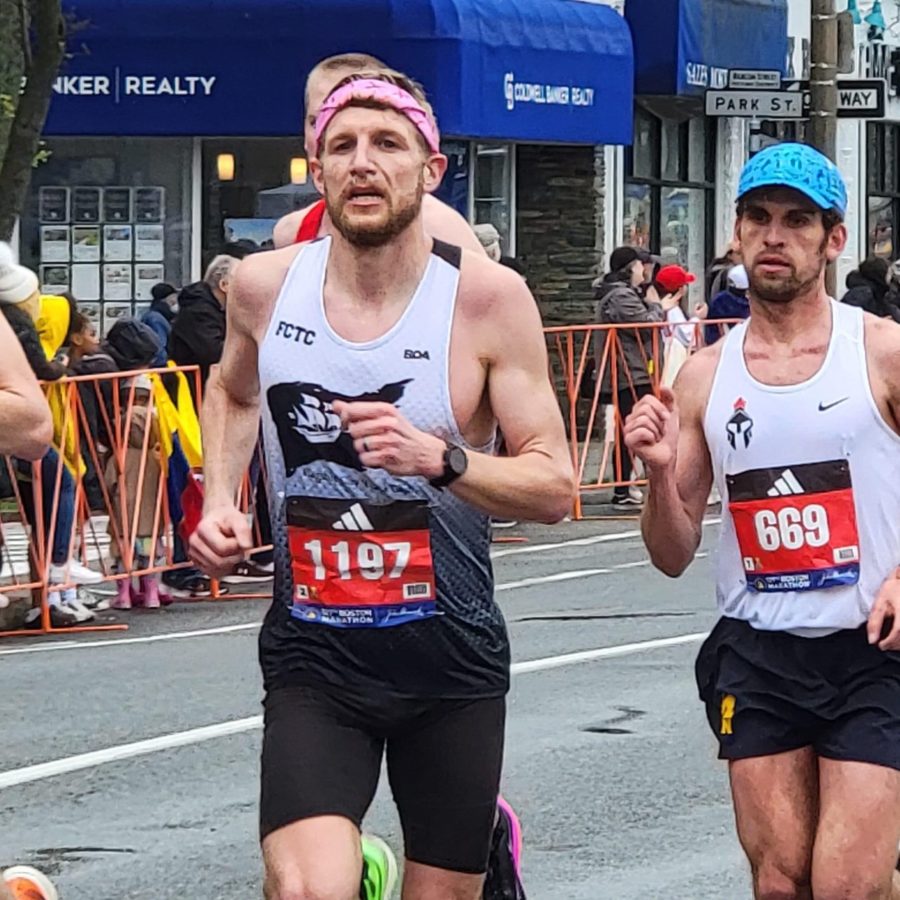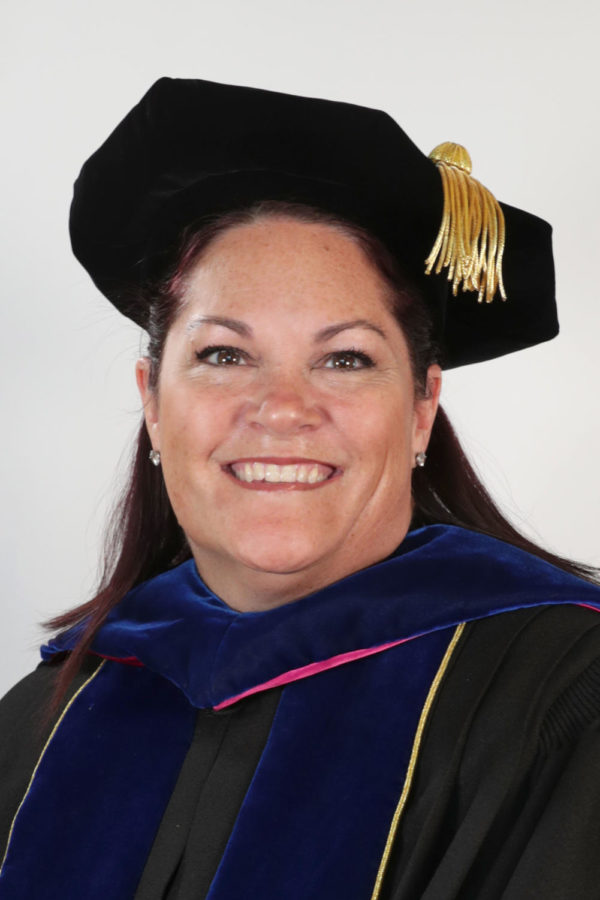While some Mercyhurst University students are filling out graduate school applications and interviewing for entry-level positions in cubicles, others are putting on their brightest leotards and biggest smiles for directors in dance studios all over the country.
Senior dance majors are experiencing the nerves, expenses and disappointments of audition season, but those who have been in their constricting satin shoes shared how they transitioned from college to the professional world.
Photos. Videos. Promotional websites. Resumes. CVs. Not to mention decades of training. For all that goes into auditioning, it is disheartening to hear all the rejections.
Alumna Noelle Lelakus (class of 2008) and Lauren Stenroos (2009) explain through their stories of success in a difficult field the importance of keeping one’s head up during these frustrating times.
When auditioning, directors may be looking for the most rudimentary distinctions in a dancer whether it’s height, hair color or presentation. Of course, technique and flair is always a must, but what can be discouraging is the mystery of why the director didn’t call one’s number at the end of round one.
Lelakus, a former dancer with the Missouri Contemporary Ballet, says auditioning is a first lesson in “getting the boot.”
“It is a humbling experience to put yourself out on the chopping block based on your dancing, looks, resume and photos.”
With a chuckle she adds, “if someone even looks at the latter.”
While directors look for dancers that fit their companies, the long process of cover letters, audition fees and long drives to major cities ultimately ends in finding the right company that fits the dancer as well. Ballerinas will throw their hats in the Broadway ring while jazz dancers will try their luck in contemporary. It’s a game of mix and match to find the proper combination.
Even if a dancer finds a match, this could mean an unpaid secondary company, or worse, a traineeship in which the dancers must pay their employers in order to find themselves on stage for the first time since graduation. Each dancer going into the professional arts must be adamant about getting the job he or she wants and even more persistent in continuing when faced with new challenges of a new world.
Stenroos, a dancer at Dayton Ballet, has seen enough rough times to know that a position in a ballet company is no easy feat. The hardest part of her transition she says, was trying to support herself both financially and mentally. She worked five to six nights a week at various restaurants to pay her rent. In contrast to the exhilaration a dancer gets from stage, the rewards of working in retail or food service are far inferior but compatible in the amount of energy it takes.
“It was extremely stressful and annoying at times, and I was exhausted every night from it,” Stenroos said.
Stenroos also remembers her state of mind during audition times. “I had low self esteem.I was very introverted and had not really grown into the person I am today.”
She advises seniors to keep their heads up because you never know who out there is looking for you to dance for them.
Lelakus says her biggest feat was the search for a new “second family” after experiencing the closeness developed in the dance department at college. However, she found that a shared passion is the first start in finding a new niche. She translated her love for dance into a career of teaching, and because ballet attracts hard workers, she has a new career in mind: nursing.
As this year’s seniors enter the world she has already transitioned, Lelakus will be graduating with her associate’s of science in nursing and starting the process all over again.
Mercyhurst requires all dance majors to take kinesiology, the study of the human body in movement. No doubt this made an impression on Lelakus, and Stenroos agrees that the education on the physical movements of the body helped her strengthen her ballet technique as demanded by her employers.
Now that paying choreographers and directors has replaced teachers and mentors, alumni like them find they must motivate themselves if they are to succeed in the professional world.
In every profession, a big leap means big changes. Dancers who are taking their grand jetés in the world without meal plans should expect to find difficulties in finding their niche as well as keeping their heads held high.
Stenroos describes this performing arts field as a roller coaster.
“If you can learn to deal with the ‘downs’ and push through the hard times, you’ll come out a stronger person and dancer,” she said.




